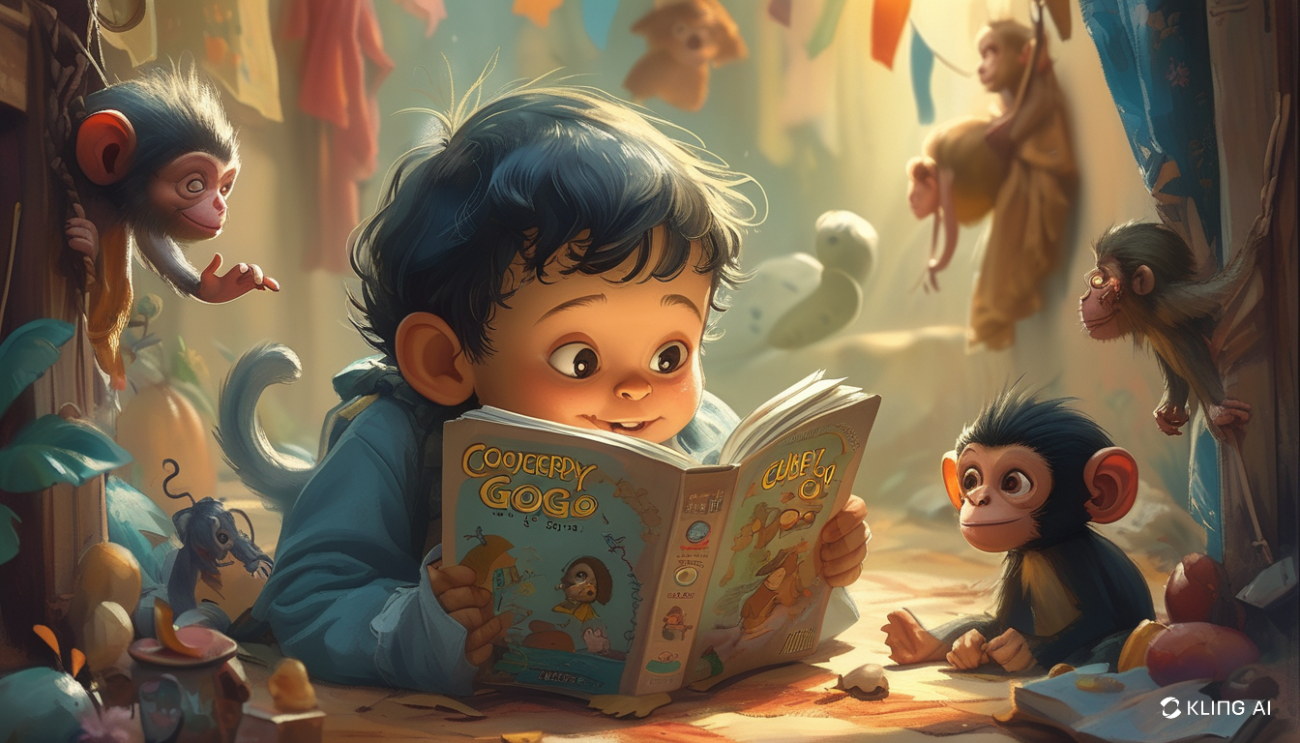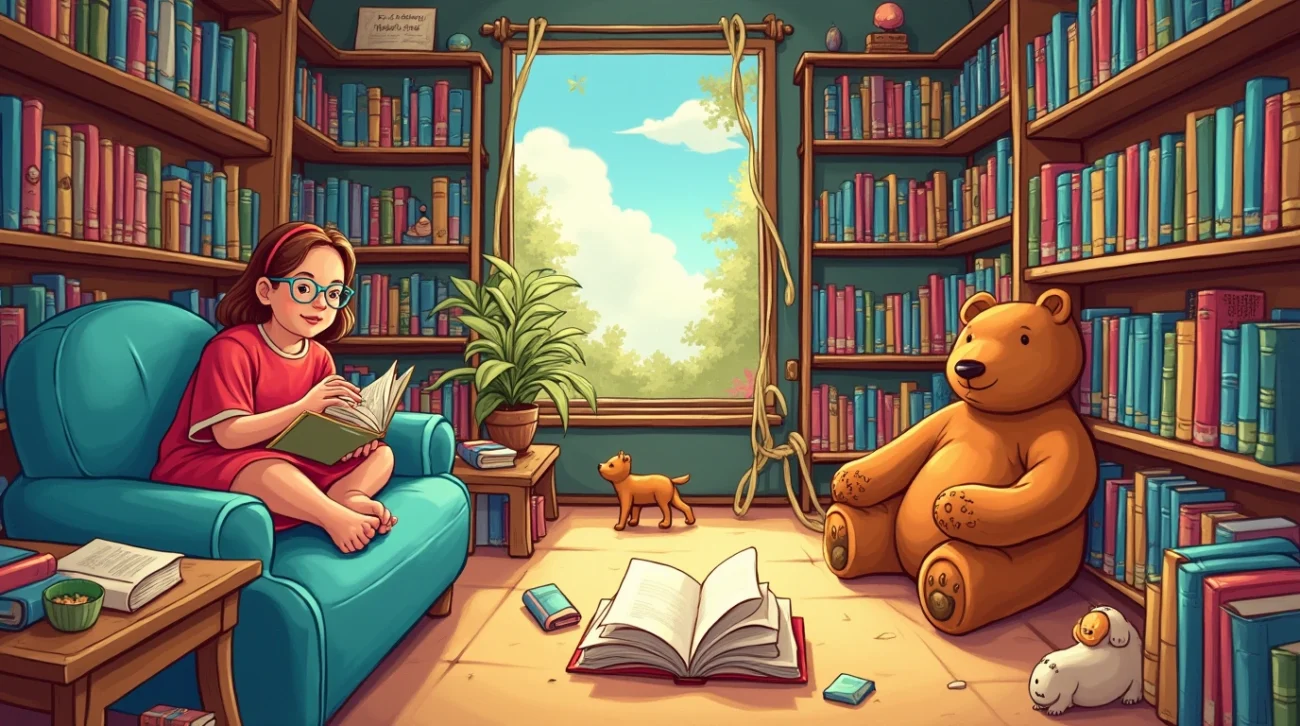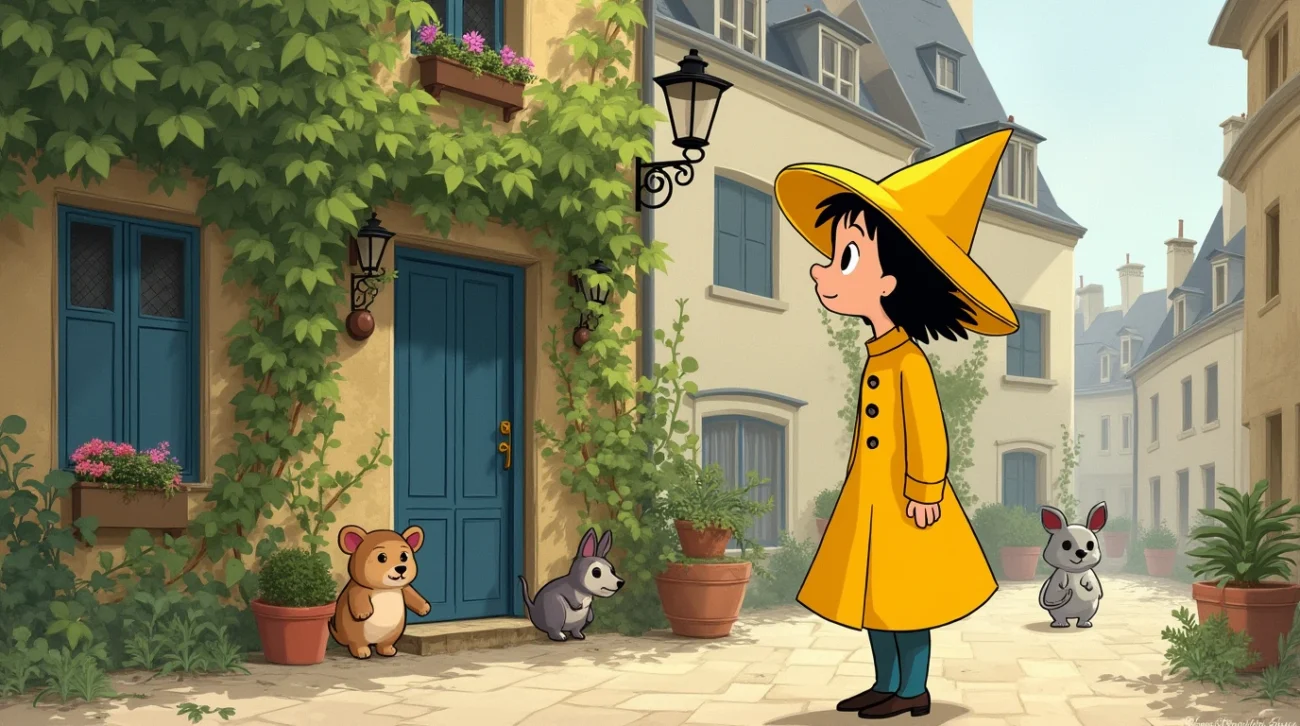Introduction to Korean Children’s Books
Korean children’s books have been gaining significant attention in the global literary landscape, captivating young readers and adults alike with their unique charm and cultural richness. But what exactly are Korean children’s books, and why are they becoming increasingly popular worldwide?
What are Korean Children’s Books?
Korean children’s books are literary works created specifically for young readers in Korea. These books encompass a wide range of genres, including picture books, folktales, contemporary fiction, and educational texts. What sets Korean children’s books apart is their distinctive blend of:
- Vibrant and often intricate illustrations
- Stories rooted in Korean culture and traditions
- Modern themes relevant to today’s children
- Educational content that reflects Korean values
Korean children’s literature is not just limited to books written in the Korean language. Many popular Korean children’s books have been translated into various languages, making them accessible to a global audience.
Why are Korean Children’s Books Gaining Global Attention?
The rising popularity of Korean children’s books can be attributed to several factors:
- K-Culture Wave: The global fascination with Korean culture, often referred to as the “Hallyu” or Korean Wave, has extended to children’s literature.
- Unique Artistic Styles: Korean illustrators are known for their distinctive and often breathtaking artwork, which appeals to children and adults alike.
- Universal Themes: While rooted in Korean culture, these books often explore universal themes that resonate with readers worldwide.
- Educational Value: Many Korean children’s books emphasize educational content and moral lessons, which parents and educators appreciate.
- Diversity in Children’s Literature: There’s a growing demand for diverse voices in children’s literature, and Korean children’s books offer a fresh perspective.
Brief History of Children’s Literature in Korea
The history of Korean children’s literature is closely tied to the country’s cultural and political evolution:
Development in Korean Children’s Literature
| Period | Development |
|---|---|
| Pre-1900s | Oral traditions, folktales passed down through generations. |
| Early 1900s | First modern children’s books published, often translations of Western works. |
| 1920s-1940s | Emergence of original Korean children’s literature, despite Japanese colonial rule. |
| 1950s-1970s | Post-war recovery, focus on educational and patriotic themes. |
| 1980s-Present | Flourishing of creative and diverse children’s literature, global recognition. |
The development of Korean children’s literature has been marked by resilience and creativity. Despite historical challenges, Korean authors and illustrators have created a rich body of work that continues to evolve and inspire.
“Children’s books are not only a mirror to reflect the world, but also a window to imagine new possibilities.” – Baek Hee Na, award-winning Korean children’s book author and illustrator
The Unique Appeal of Korean Children’s Books
Korean children’s books have carved out a special niche in the world of children’s literature, thanks to their distinctive characteristics. Let’s explore what makes these books so appealing to readers of all ages and backgrounds.
Distinctive Artistic Styles in Korean Children’s Book Illustrations
One of the most striking features of Korean children’s books is their visual artistry. Korean illustrators are renowned for their unique and often breathtaking artistic styles, which contribute significantly to the books’ appeal.
Key characteristics of Korean children’s book illustrations include:
- Intricate Details: Many Korean illustrators are known for their meticulous attention to detail, creating rich, layered images that reward close observation.
- Diverse Techniques: From traditional watercolors to digital art, Korean illustrators employ a wide range of techniques to bring stories to life.
- Cultural Elements: Illustrations often incorporate elements of Korean culture, such as traditional clothing, architecture, or patterns.
- Emotional Expressiveness: Korean illustrators excel at conveying emotions through their artwork, enhancing the storytelling experience.
- Innovative Layouts: Many Korean children’s books feature creative page layouts that complement and enhance the narrative.
“In Korean children’s books, the illustrations are not just decorations; they are an integral part of the storytelling process.” – Suzy Lee, internationally acclaimed Korean children’s book creator
Common Themes and Values in Korean Children’s Literature
While Korean children’s books cover a wide range of topics, certain themes and values frequently appear, reflecting aspects of Korean culture and universal childhood experiences:
- Family Relationships: Many stories explore the bonds between family members, reflecting the importance of family in Korean culture.
- Respect for Elders: Books often emphasize the Korean value of respecting and caring for older generations.
- Perseverance: Stories frequently feature characters overcoming challenges through hard work and determination.
- Harmony with Nature: Many Korean children’s books highlight the importance of living in harmony with the natural world.
- Community and Cooperation: Stories often emphasize the value of working together and being part of a community.
- Tradition and Modernity: Many books explore the balance between traditional values and modern life in Korea.
How Korean Children’s Books Reflect Korean Culture and Traditions
Korean children’s books serve as a window into Korean culture, offering young readers (and adults) insights into traditions, customs, and daily life in Korea.
Here are some ways Korean culture is reflected in children’s books:
- Traditional Stories: Many books retell traditional Korean folktales and legends, preserving these cultural narratives for new generations.
- Festivals and Celebrations: Stories often feature important Korean holidays and festivals, such as Seollal (Lunar New Year) or Chuseok (Harvest Festival).
- Food: Korean cuisine frequently appears in children’s books, introducing readers to dishes like kimchi, bibimbap, and tteokbokki.
- Traditional Games: Books may feature traditional Korean games and activities, such as yut nori (a board game) or tuho (arrow throwing).
- Historical Settings: Some books are set in different periods of Korean history, offering glimpses into the country’s past.
- Language: Even in translated works, Korean words and expressions are often retained, introducing readers to the Korean language.
Case Study: “The Green Frog” (청개구리)
This popular Korean folktale, which has been adapted into numerous children’s books, illustrates how Korean children’s literature incorporates cultural values:
- Story: A disobedient frog always does the opposite of what his mother tells him to do. When the mother frog dies, she asks to be buried by the river, knowing her son will do the opposite and bury her on the mountain, keeping her safe from floods.
- Cultural Reflection: This story emphasizes the importance of filial piety (respect for parents and ancestors) in Korean culture.
- Universal Appeal: While rooted in Korean values, the story’s themes of love, obedience, and the consequences of one’s actions resonate with readers worldwide.
The unique blend of distinctive artistic styles, culturally rich themes, and universal values makes Korean children’s books a treasure trove for young readers around the world. As we continue to explore this fascinating genre, we’ll discover even more reasons why these books are capturing the hearts of children and adults alike.













